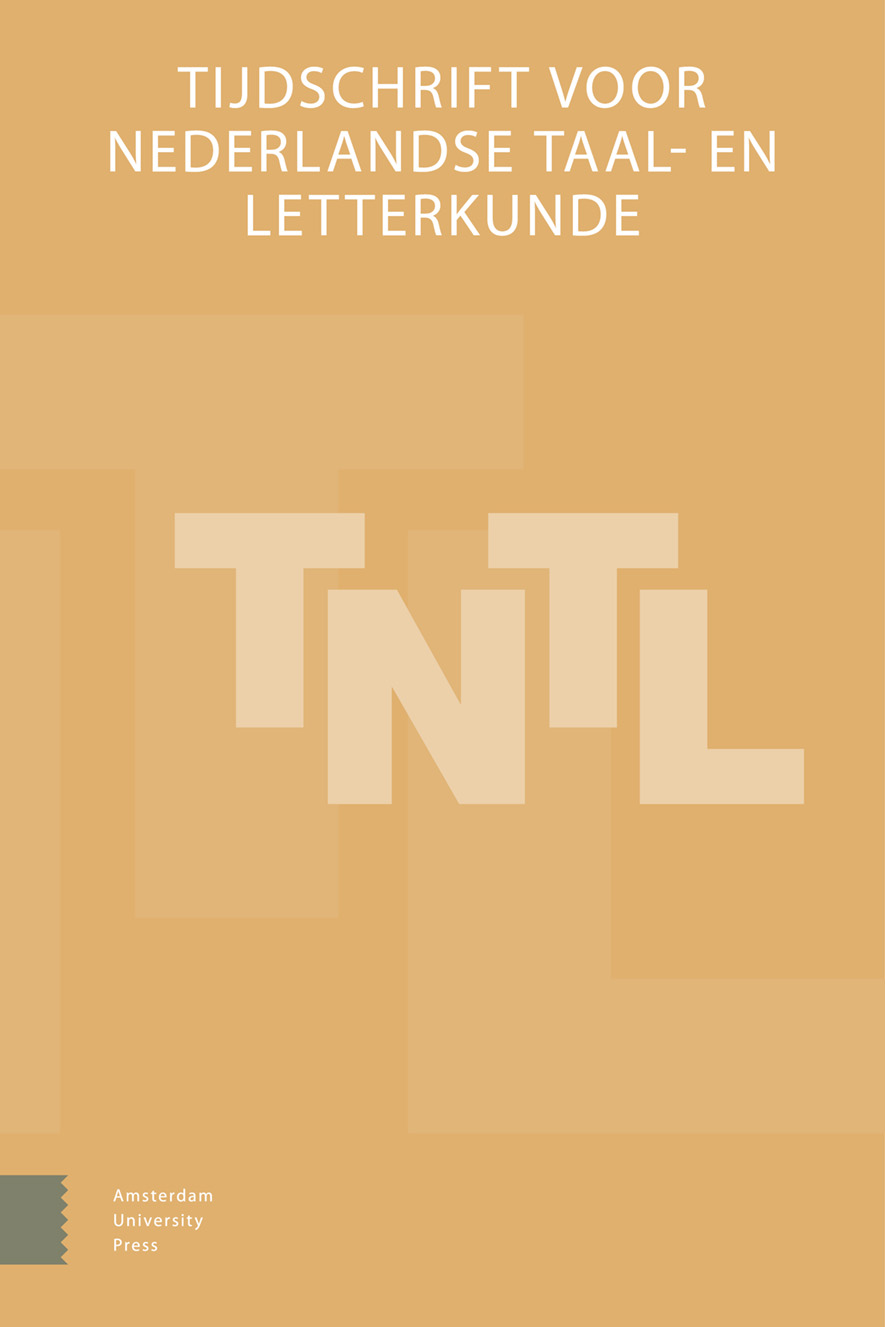
Full text loading...
We use cookies to track usage and preferences.I Understand
In this article, we aim to uncover language views and ideologies of foreign language textbook authors from the early modern period. We regard these authors as actors in the process of ‘foreign language making’. We compare the views of two 16th century authors (Noël de Berlemont and Gerard de Vivre) with those of Matthias Kramer, a ‘Sprachmeister’ (i.e. a professional language teacher) at the transition from the 17th to the 18th century. We argue that, in the course of the early modern period, the formation of standard languages and the emerging standard language ideology impacted language teaching and the construction of the concept of ‘foreign languages’.

Article metrics loading...

Full text loading...
References


